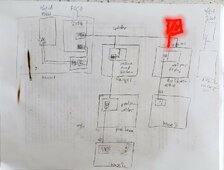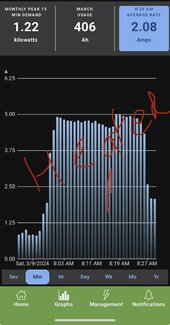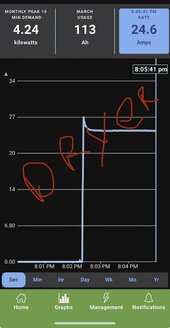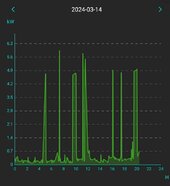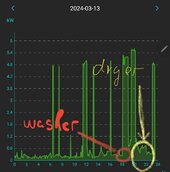Hello - I've been watching and reading about the various solar systems everything from EG4 to Anker to Ecoflow on Will's channel and on other creator's sites and videos. Only mention that to say that everything's on the table at this stage  I'm very interested in some emergency backup solutions for my home, but I need some help wrapping my head around the possible options as my home has (what seems to me at least) a more complicated than many electrical system.
I'm very interested in some emergency backup solutions for my home, but I need some help wrapping my head around the possible options as my home has (what seems to me at least) a more complicated than many electrical system.
I made this little diagram to show my best understanding of how my home is wired between my 3 electrical panels. To note..the "Old Main Panel" is almost completely full and is the original home's panel. The garage and basement subpanel were added with an addition to the home. The home does not (yet) have any solar panels or backup generator.
My initial questions:
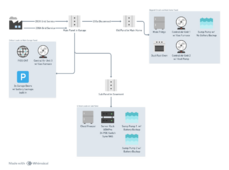
I made this little diagram to show my best understanding of how my home is wired between my 3 electrical panels. To note..the "Old Main Panel" is almost completely full and is the original home's panel. The garage and basement subpanel were added with an addition to the home. The home does not (yet) have any solar panels or backup generator.
My initial questions:
- Is it reasonable to think I would power up everything from the main panel that recieves the 2x 200amp grid service in my garage? It seems like I would lose a lot of control to prioritize certain loads at the other panels during an outtage, but maybe I just don't understand how this could potentially work between "smart panels". If this is possible it seems like it would be the most ideal as it's out in my garage, I have a ton of space, it doesn't need to look super pretty, it's right at my meter and I could hook solar and a generator input into the system from this single location. This is really the central question I'm trying to understand before moving on to any other firm plans.
- While re-running a lot of high voltage wiring between these locations would likely be cost prohibitive, I can EASILY run CAT5 between locations.
- Totally get that the 2 AC units would be MASSIVE energy hogs and may not end up making the "critical" cut or maybe only one of them makes the grade?
- Is it more realistic to think I would have some kind of inverter and battery at each panel with a smart panel? For example, I would might break out a critical load sub panel at each box and then have a battery and inverter stack plugged into a transfer switch at that location?
- If I did it this way...would I be restricting my ability to charge all batteries from solar during an outtage (given that I might not want to run solar connectors to multiple locations?)
- For the basement subpanel - I've thought about just sticking an ecoflow or one of the anker units to plug in my network/server equipment and the chest freezer to serve as a UPS for those 2 systems. Nothing else at that panel is "critical"




